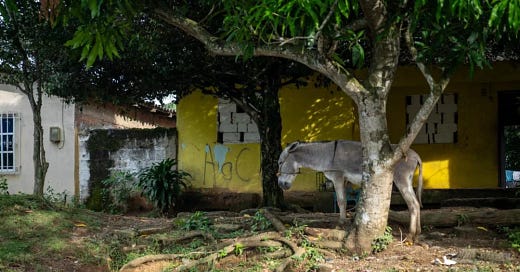The Colombian Conflict: Peace Eludes a Fractured Nation
Despite peace efforts, Colombia’s fractured past continues to shape its future. The second in a three-part series.
In our first piece, we traced the roots of Colombia's decades-long conflict, examining how inequality, entrenched ideologies, and the actions of guerrilla groups, paramilitaries, and the State created a relentless cycle of violence. Failed peace attempts normalised armed conflict as a political tool, embedding violence deep within the nation’s fabric.
By the early 2000s, the weakening of the FARC (Revolutionary Armed Forces of Colombia) and a growing public outcry against violence paved the way for a new approach, culminating in the 2016 peace agreement.
Yet the echoes of war remain deafening. Car bombs still shake military bases, businesses and shopkeepers live under constant extortion threats, and armed groups enforce lockdowns at gunpoint in vast, lawless regions. On the radio, anguished voices in the middle of the night beg for answers about the kidnapped and disappeared—haunting reminders of Colombia’s unresolved trauma.
What began as a battle of ideologies has transformed into a fr…




